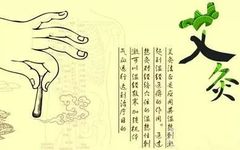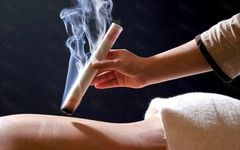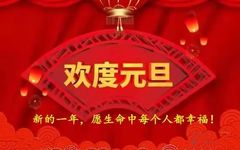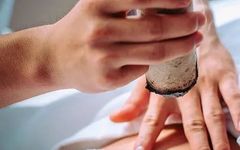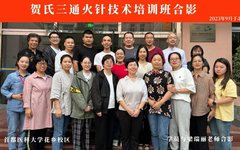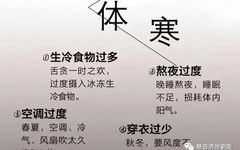What to Eat for Qi, Blood, Yin, and Yang Deficiency? A Comprehensive Guide!
Supplementing Qi What is Qi Deficiency? Qi deficiency is a term in Traditional Chinese Medicine (TCM) that refers to a series of pathological changes and symptoms caused by insufficient vital energy (yuan qi). Qi is the most fundamental substance in the human body, formed by the essence (jing) from the kidneys, the energy from the … Read more



